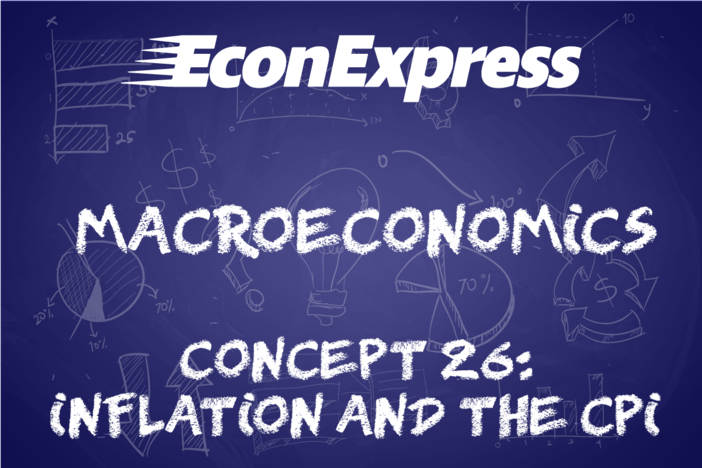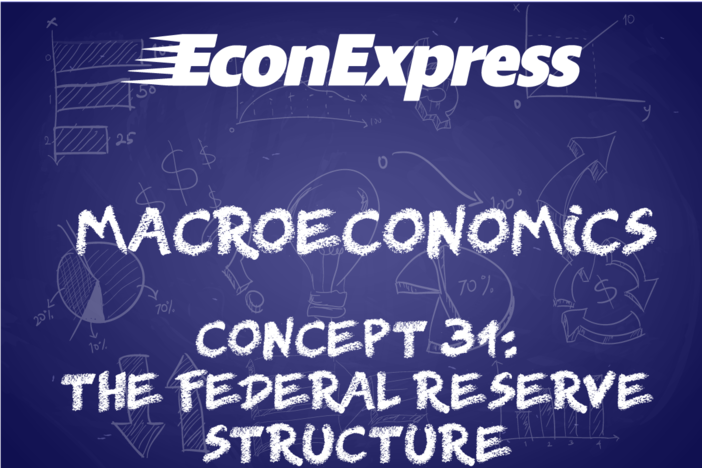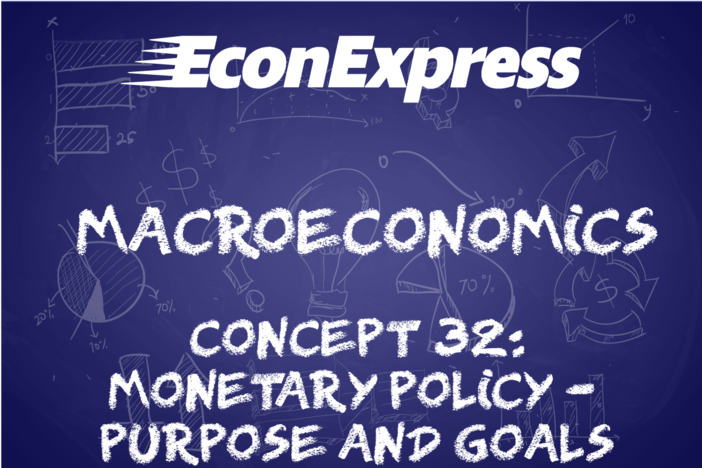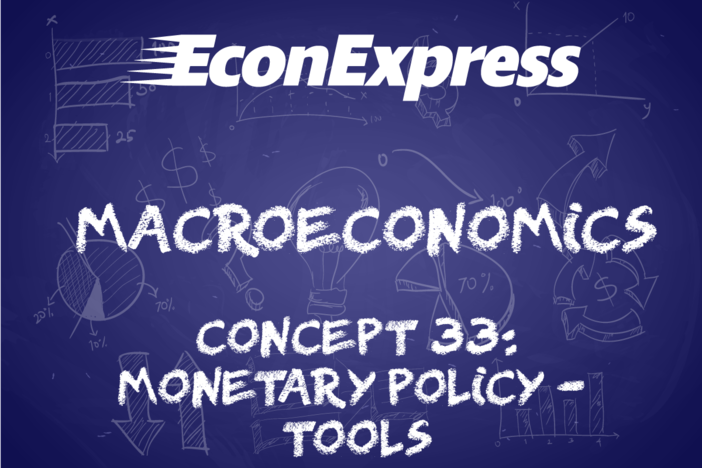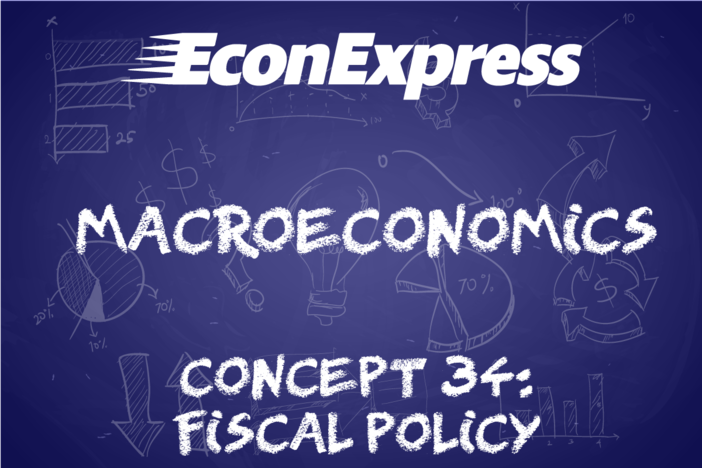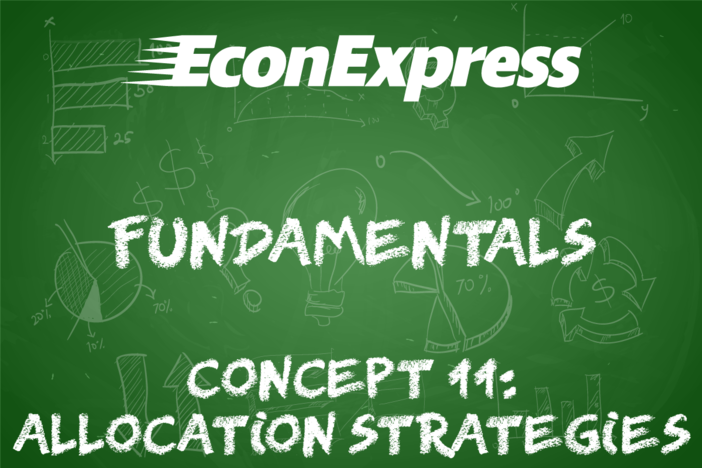Concept 32: Monetary Policy – Purpose and Goals
Overview: Once you know what the Federal Reserve is, it's important to understand why they exist. This lesson explains.
Learn
Beginner
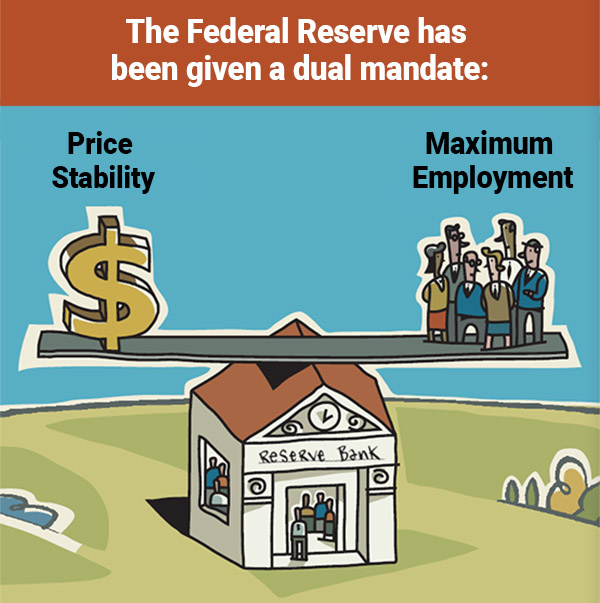
Monetary policy refers to rules and actions that affect the nation’s supply of money and credit. The Federal Reserve carries out monetary policy in the United States through the actions of the Federal Open Market Committee.
There are two main goals of monetary policy. This first goal is that everyone who wants a job can find one. This is called maximum employment. The second goal is stable prices. This helps people make contracts and plan for future purchases.
Monetary policy works to meet these goals by influencing interest rates. Interest rates are the cost of money and credit. Changes in interest rates affect spending decisions in the economy. Lower interest rates can encourage investment and consumption. This helps reduce the negative impact of a recession. Policies that encourage lower interest rates are called expansionary policies. Higher interest rates can slow investment and consumption and reduce prices. Policies that encourage higher interest rates are called contractionary policies and can help combat inflation. Learn more about the specific ways the Federal Reserve manipulates interest rates in Concept 33 – Monetary Policy Tools.
Intermediate

The U.S. Congress set the goals of monetary policy in legislation in the 1970s. To achieve the goals of maximum employment and stable prices, the Federal Reserve uses specific measurements of economic conditions, like the ones described in Concept 24 – Macroeconomic Goals. The goal of stable prices is measured using a price index, which compares the price of a group of goods and services over time. The FOMC uses the personal consumption expenditures price index as its primary measure. There are several measures of employment. The FOMC uses the unemployment rate, the number of jobs created, and other measures to judge whether people can find jobs.
Advanced
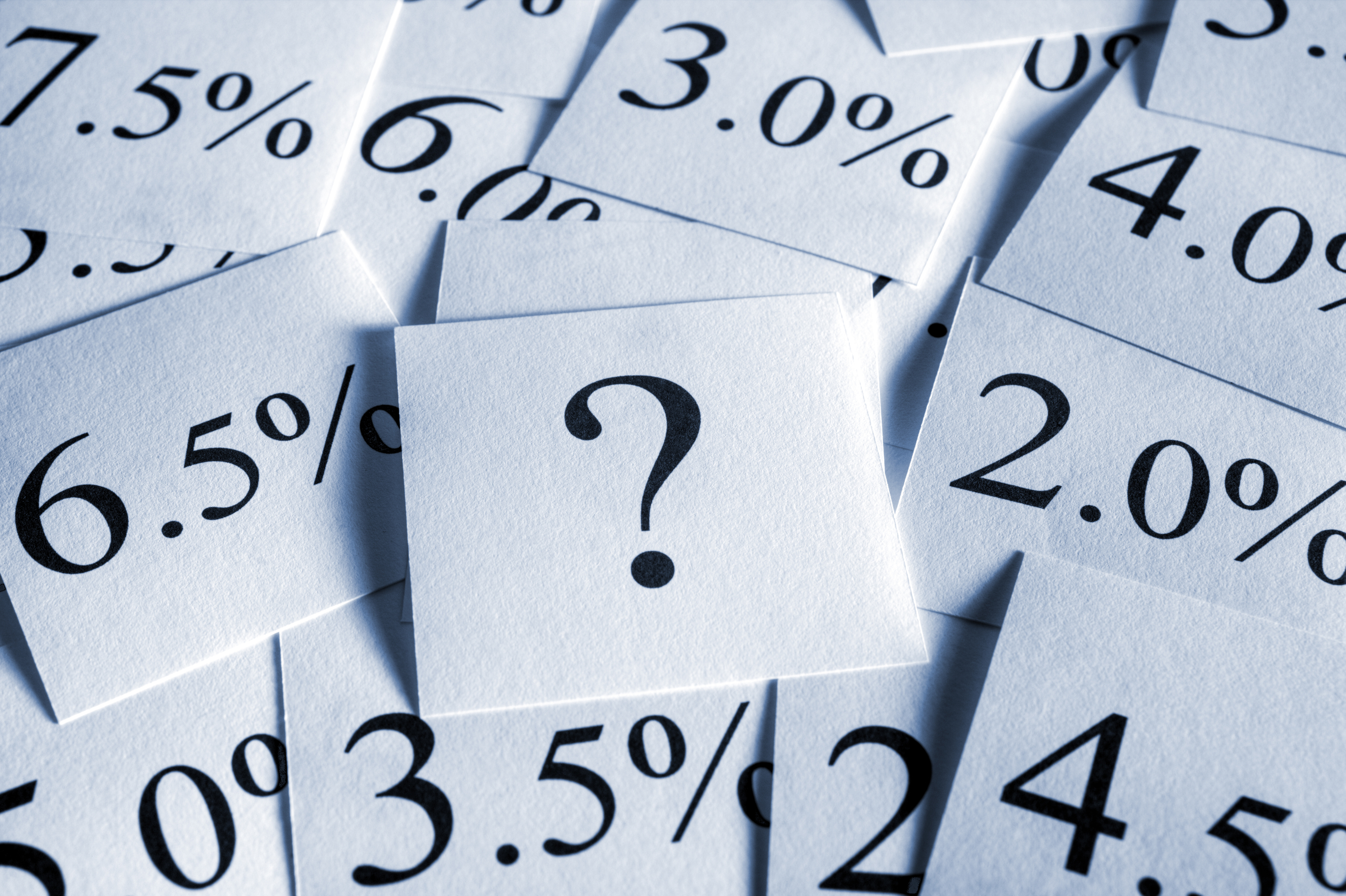
There is actually a third goal for monetary policy - moderating long-term interest rates. Economists think that meeting the first two goals causes interest rates to be moderate, meaning they don’t fluctuate wildly in either direction. The FOMC says that stable prices mean there is an average annual inflation rate of 2%. The FOMC believes that in a healthy economy, the unemployment rate will be between 3.9 to 4.3%. These target numbers have changed over time as the U.S. economy has grown and become more complex.
Click a reading level below or scroll down to practice this concept.
Practice
Assess
Below are five questions about this concept. Choose the one best answer for each question and be sure to read the feedback given. Click “next question” to move on when ready.
Social Studies 2024
Describe the Federal Reserve Bank’s roles in payment processing, bank supervision, and monetary policy including the dual mandate of price stability and full employment.


